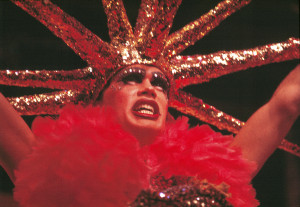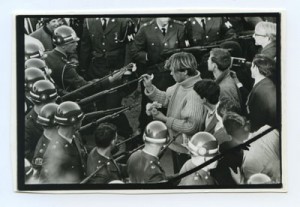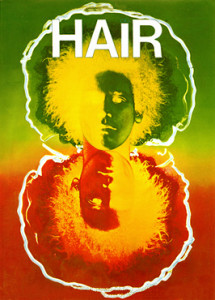The Questioning of John Rykener, a new dance & theater attraction concerning a true tale of a cross-dressing male prostitute in 1395 medieval England is coming to The Lesbian, Gay, Bisexual & Transgender Community Center in NYC April 11th, 8pm. The production is dedicated to the memory of trans-activist Marsha P. Johnson and is conceived, directed & narrated by original Cockette Rumi Missabu aka James Bartlett.
“Miss Marsha” P. Johnson embodied the early Gay movement proudly and very LOUDLY.” Marsha was best known in New York City as a gay and transgender rights activist. She was a leader in the 1969 Stonewall Riots that united the LGBT communities to demand an end to police brutality. When asked what her middle initial “P” meant she replied, “Pay It No Mind” and this became her signature catchphrase. Following the 1992 Gay Pride celebration Miss Marsha was found murdered and her case was never solved.
On stage with Hibiscus’ aka George Harris III troupe Angels of Light (New York), family friend Miss Marsha would be met with standing ovations upon her entrance without ever singing a note or dancing a step. She would inevitably break the fourth wall and start talking to the audience, which whipped them into a frenzied back-and-forth banter leading to another standing ovation. Hibiscus eventually stopped assigning songs and dances to Miss Marsha, because she rarely got to them. Just being Miss Marsha P. Johnson was enough magic to electrify the audience.
The Questioning of John Rykener info: [email protected]





